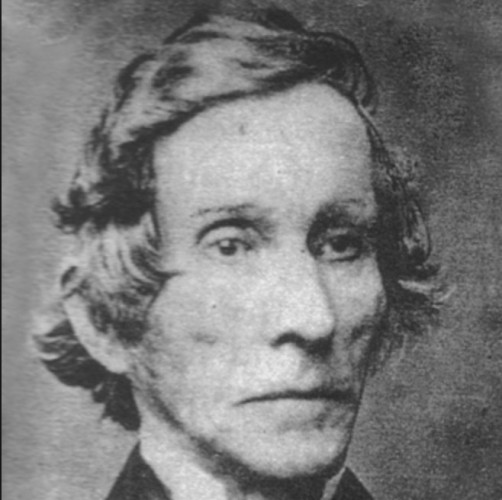 |
| KKBE (courtesy of kkbe.org) |
Many things in Charleston are, for lack of better word, old.
This includes the Jewish synagogue, Kahal Kadosh Beth Elohim (KKBE), which was founded
in 1749 along with its cemetery, the Coming Street Cemetery that was founded just
fifteen years later. While it was established later than KKBE, the cemetery is
the oldest Jewish burial in the South, and it is the resting place of one of
the oldest people to ever live in Charleston.
 |
| Barbary States (courtesy of Wikipedia) |
Starr Barrett was born in 1699 in a Barbary State that was under
the Empire of Morocco. It is said that Barrett “possessed a constitution truly
Arabian,” and never got sick. She was known to be a traveler, someone who had
seen “the four quarters of the globe.” This worldliness showed in her abundance
of knowledge. She spoke English, Spanish, Italian, and French, but she also
spoke the mixed languages of the traders of the southern Mediterranean. She was
familiar with Hebrew and even wrote, and spoke, Arabic with ease.
Around 1780, Barrett moved from London to Charleston where she attended KKBE. Here, she became well known for her cheery personality and knowledge
of the world. Just shortly after moving to Charleston, these characteristics were
put to the test when, in 1786, two Algerian men arrived in Charleston. Because of
their different customs, the people of Charleston were confused by their presence,
and law enforcement stepped in to question them. However, the new men did not
speak English. This is where Barrett’s knowledge and kind soul step in to play.
She housed them and spoke to them, in their language, and found out that they
were also Jewish. Digging deeper, Barrett learned that the men had sailed from
Algeria to Virginia but were arrested because they were suspected of being
Algerian. They had fled to South Carolina after that.
| Barrett's Ledger (courtesy of jhss.org) |
Despite her being 80 at the time of moving here, Barrett
would get to enjoy Charleston for a while longer, more specifically, for 40
more years. That’s right! Starr Barrett is said to have been upward of 100 years old when she
passed away, according to a Charleston obituary, making her the oldest resident
of the Coming Street Cemetery, and probably all of Charleston. It is said that
she never really got sick like one would expect, rather she “withered away like
some majestic tree which gradually loses its moisture.” Leaving behind a
remarkable legacy of empathy and intrigue that we can all learn from, Starr Barrett passed away on January 9, 1820 and was laid to rest in the Coming Street Cemetery.



